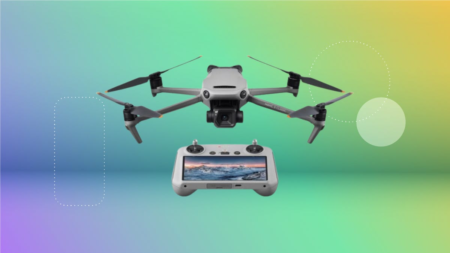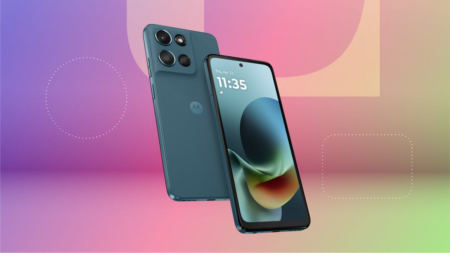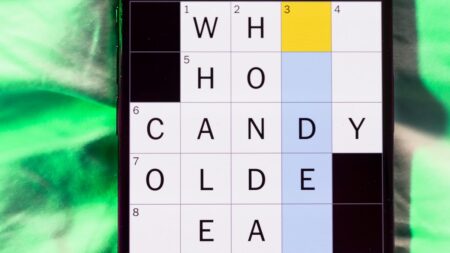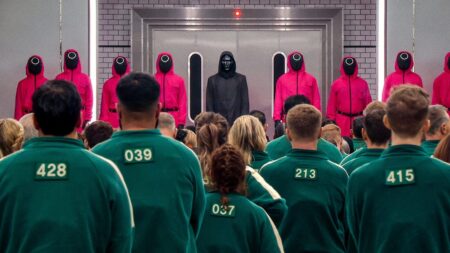Android users can now use the new Sora mobile app. OpenAI, creator of the AI social media app, announced on Tuesday that it is releasing an Android version of its popular app. Previously, Android users were limited to using Sora through a web browser.
You can download Sora now on the Google Play Store and start scrolling right away. You no longer need a Sora invite code.
This is just one of many updates OpenAI has dropped in recent weeks. In a new post, OpenAI’s head of Sora, Bill Peebles, outlined what’s coming soon for the AI-video app, including new creation tools, improved social features and much-anticipated Android support. OpenAI also said it would be working with unions like SAG-AFTRA and other celebrities and public figures to help manage the creation of potentially inappropriate or illegal videos, including deepfakes.
Here’s everything that’s inside the Sora app. For more, check out our guide for how to spot AI-generated videos.
Don’t miss any of our unbiased tech content and lab-based reviews. Add CNET as a preferred Google source.
Cameos and editing tools
Sora recently gained new creation tools in the form of character cameos, which are now expanding beyond people. Cameo is Sora’s primary feature that allows you to use other people’s likenesses to create nearly any kind of AI video. Soon, you’ll be able to cameo your dog, guinea pig, favorite stuffed toy or generated characters from existing Sora videos. Several Halloween-themed characters have been added recently.
The app’s generation interface will also highlight trending cameos in real-time, likely building on popular existing social media features, such as the For You page or Explore page on Instagram.
OpenAI is also introducing basic video editing tools, beginning with the ability to stitch clips together directly within the app. Peebles says more advanced editing features are on the way, hinting at a broader creative suite that aims to move Sora beyond short, one-off generations to an app that can be used by professional creators.
On the social side, the team is experimenting with new ways to utilize Sora with friends and communities, rather than just a global feed. That could mean channels for your university, workplace, hobbies or sports teams, bringing a more localized vibe to what has so far been a mostly chaotic public stream of AI videos.
These changes follow the first major Sora update earlier this month, which introduced longer video limits and a storyboarding feature. The company announced that free Sora users can make videos up to 15 seconds long on the iPhone app and the web (which is the only way Android users can use Sora at the moment). Pro users also receive an additional 10 seconds when creating on the web, for a total of 35 seconds. The announcement came one day after Google upgraded its popular AI video model, Veo 3, to handle longer video generations.
New payment options for videos
As OpenAI added new features and opened up its app to anyone (no invite code needed), it also introduced payment plans. Previously, free users could generate up to 30 videos per day, while Pro users had a limit of 100 videos per day. Now, if anyone hits their generation limit, they can pay $4 for an additional 10 video generations.
Since your Sora account is linked to your ChatGPT account, if you pay for ChatGPT Pro, you’re a paying Sora user.
(For more information, see all the payment plans.)
Storyboarding
Storyboarding, available only to Pro users on the web, lets creators plan out videos on the web before generating them. Storyboarding has long been a part of the professional filmmaking process and is occasionally included in more professional software programs. Google’s AI filmmaking program Flow, for example, allows for storyboarding. But this is an interesting and somewhat unexpected addition to Sora.
Sora has only been around a short time, but the vibe on the app is focused on shorter, funny videos, echoing OpenAI’s claim that the app is designed to help people connect with their friends. Professional-grade videos that are longer and better planned aren’t very common, but these upcoming updates will likely change that.
This could be a sign that OpenAI is attempting to attract the professional creators it has previously alienated. Professional creators would need storyboarding, video editing, longer run times, and higher resolutions, and OpenAI seems to be addressing these needs quickly.
(Disclosure: Ziff Davis, CNET’s parent company, in April filed a lawsuit against OpenAI, alleging it infringed Ziff Davis copyrights in training and operating its AI systems.)
Read the full article here

















